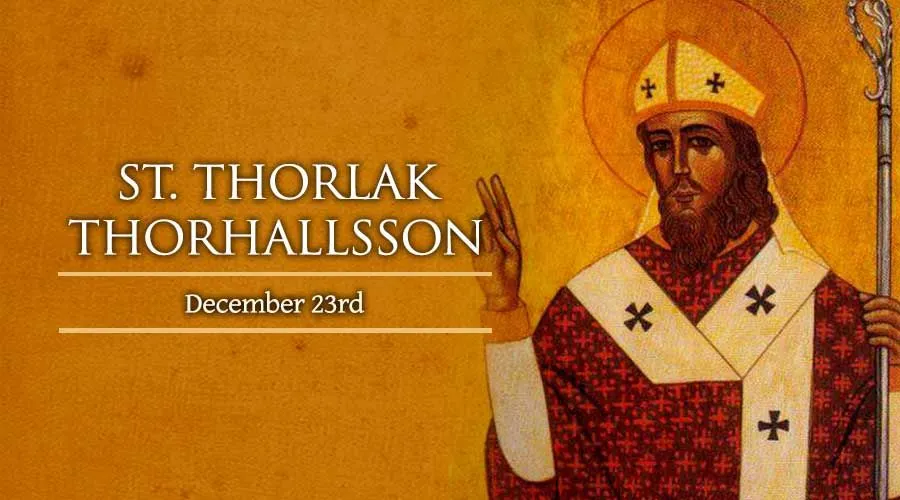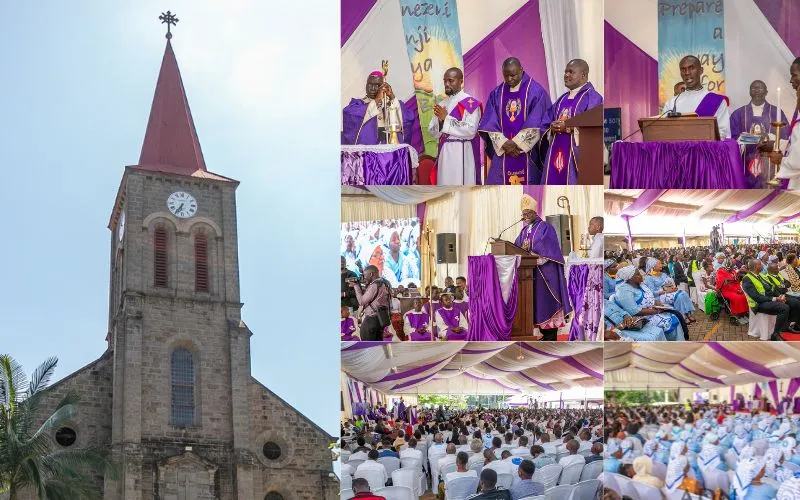Sub-Saharan Africa, 23 December, 2023 / 11:15 am (ACI Africa).
The Scandinavian island nation of Iceland celebrates its national patron, St. Thorlak Thorhallsson, on Dec. 23.
Although Iceland's national assembly declared him a saint in 1198, only five years after his death, this “unofficial” canonization did not become an official part of the Church's liturgical calendar until Pope John Paul II confirmed him as the country's patron in January 1984.
Thorlak was born in 1133, less than two centuries after German and Norwegian missionaries began the first effective evangelization of Iceland. The pagan nation's conversion had involved a dramatic national struggle, as many Icelanders clung fiercely to their ancestral religion despite its customs of idol worship and infanticide.
The Catholic Church in Iceland had solidly established its presence by the time of Thorlak's birth. However, it had fallen into some disarray, particularly due to local clergy disregarding the rule of clerical celibacy, selling church positions for personal gain, and engaging in other breaches of discipline.
Thorlak's parents, barely able to earn a living as farmers, took note of their son's talents and made sure he received extensive religious instruction from a local priest. His gifts must have attracted wider notice, since Thorlak received ordination as a deacon before the age of 15 and became a priest at age 18.







